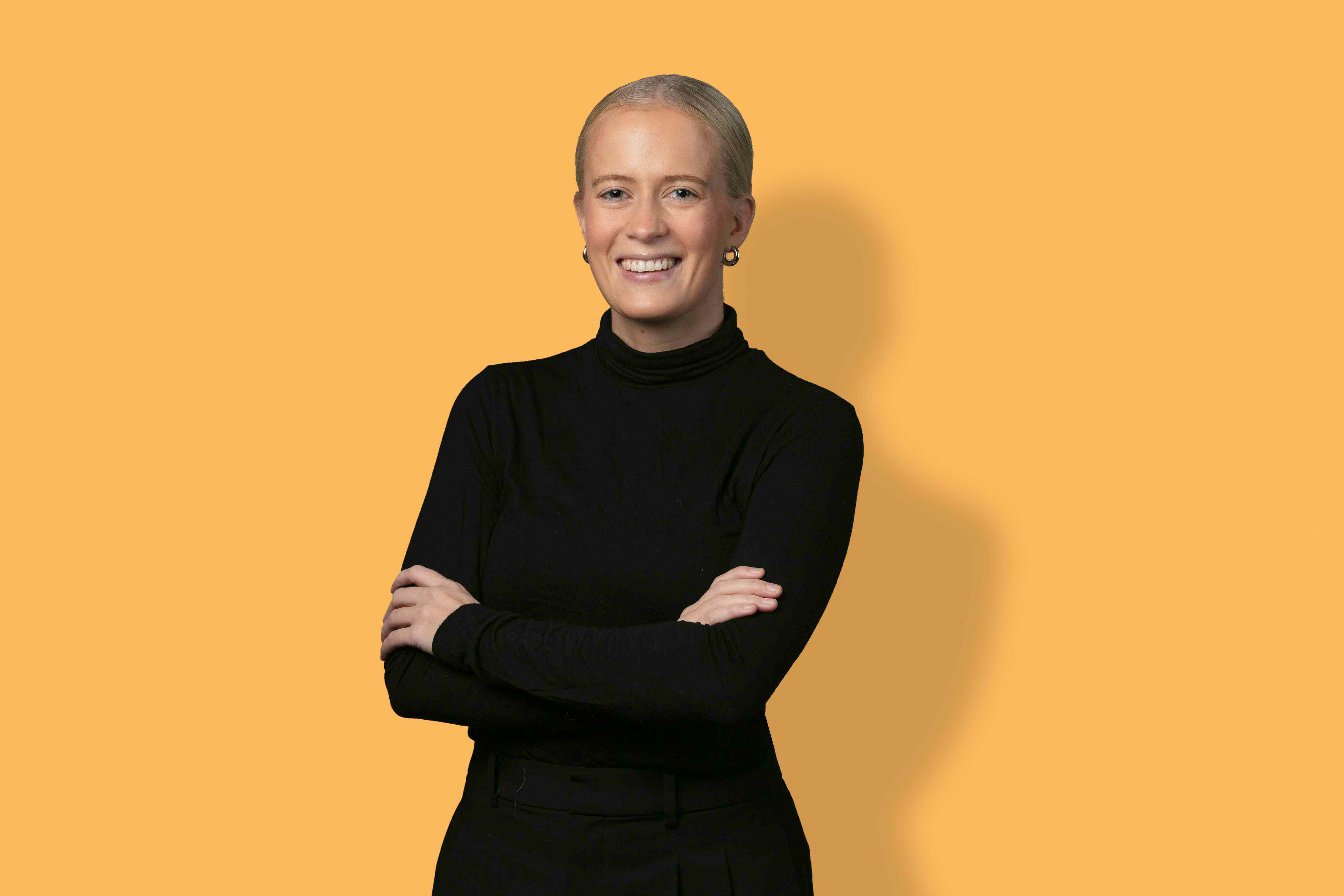Maria 01, Building 5, entrance B
Lapinlahdenkatu 16, 00180 Helsinki
Making history? lets@maki.vc
Press inquiries: press@maki.vc
Blog | Sep 26, 2024
 WRITTEN BY Venla Väänänen
WRITTEN BY Venla Väänänen

In this blog Maki’s Venla Väänänen and Strise’s Lars Birkeland share crucial insights on building a strong brand from the start.
Branding is a surprising factor often overlooked by many founders when talking to investors. While even the most technical deep tech companies can be nurtured into standout brands, the best venture funds look for companies whose primary competitive advantage is their team’s understanding of how their product speaks to customers on a human level. These companies have the potential to become category-defining and defensible against competition.
Take Strise, for example, a Norwegian fintech SaaS sensation that cracked the code of branding from the start. Rather than focusing solely on improving profitability they boldly positioned their brand around the larger mission of combating financial crime. This allowed Strise to capture the attention of a broader audience by addressing a far more significant issue.
Concretely, a clear brand concept means that your brand has both character and essence. You know why your brand needs to exist and can communicate its necessity to others. It’s also a prerequisite for a distinctive and compelling brand identity, including creative assets like colors, typography, logo, and tonality. However, many founders rush to generate AI-induced logos without first addressing the crucial question: Why does our company truly exist? Sadly, this is not a problem that can be fixed with money. Hiring an external agency to develop your brand assets in the early stages is not enough, your core team should be doing the hard thinking.
Understanding your target audience deeply isn’t just a nice-to-have—when pitching to investors it’s a must-have. At health tech startup Gubbe, this meant that no one strayed too far from the customers, particularly the people building marketing initiatives who needed to be involved in actual customer calls and visits to an elderly persons’ house. For startups, embedding a customer-centric culture as a founder is crucial. Yet, many founders deprioritize working on the brand value proposition and consequently, their brand, until far too late in their journey. As a result, they bring products to market without a clear sense of their positioning, competitors, target audience, or the key reasons customers should choose them over the alternatives.
 Maki House members: EverDye, QMill and Distance
Maki House members: EverDye, QMill and Distance
While many branding elements are hard to measure, you also need to be able to talk data. At Strise it came down to the team's strategy for owning the customer relationship and their capability to derive meaningful data from these interactions. Building strong customer insight instincts also helps your team adapt quickly to unforeseen market changes and defends your company against industry incumbents. Similarly, at Gubbe, having a deep customer understanding made formulating marketing messages a breeze, as it was clear exactly which pain points and benefits to highlight.
Once your brand messaging is spot-on, the fun begins: spreading that message far and wide. However, making sure you serve your target audience effectively throughout their entire journey—from marketing and distribution to customer service—isn't a walk in the park. Founders, having to balance the needs of their investors, often fall into the trap of focusing on short-term gains and setting up channels in unsustainable ways. Instead of rushing into low-effort social media campaigns that attract low-quality leads and overwhelm your operations (trust me, we’ve been there), it’s better to systematically A/B test a few well-considered channels such as search engine optimization, referral programs and partnerships.
Remember, brand growth doesn’t skyrocket with ad spend alone. Rather, think about roadmaps for product features, customer journey mapping, and ongoing customer relationship management. Nail these, and you’ll be on the right track.
This blog was co-written by Venla Väänänen, Marketing Manager, Maki.vc and Lars Birkeland, CMO, Strise, and was originally published in Shifter during Oslo Innovation Week.
Let's keep the conversation going! Whether you want to dive deeper into branding or brainstorm fresh ideas, I'm here to help venla@maki.vc